
Binod Gautam
Binod Gautam is the founder of Knotspedia and has over 10 years of experience tying and testing knots for camping, fishing, hiking, and daily use. He launched knotspedia to share his extensive experience and help others master the art of knot tying. Binod breaks down each knot with step-by-step guides and real-world tips you can actually use. Whether you’re just getting started or want to sharpen your skills, Binod’s guides are made to be useful, accurate, and easy to follow.
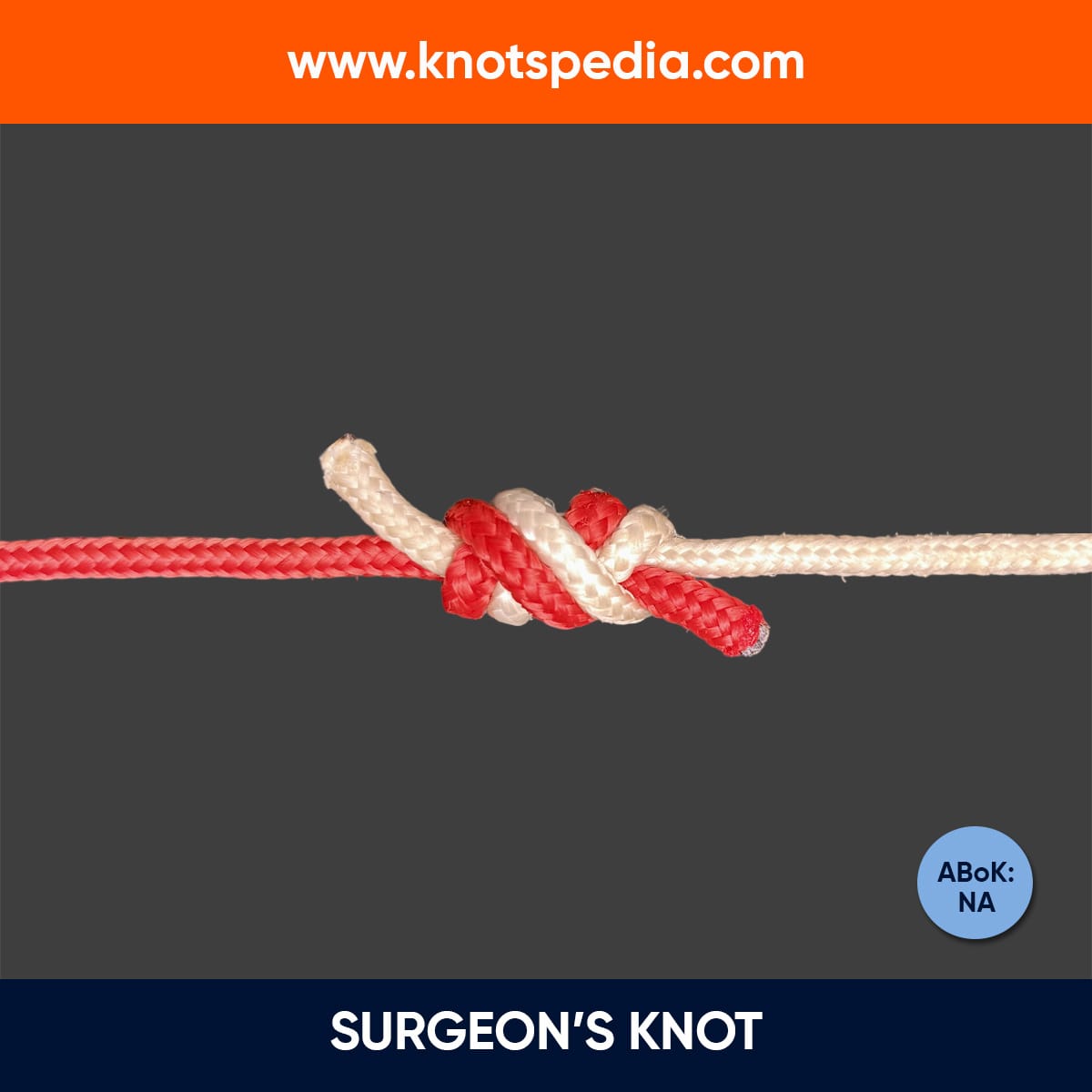
Surgeon’s Knot
The Surgeon’s Knot is a quick, reliable way to join two fishing lines of equal or different diameters. Easy to tie, strong, and ideal for leaders and tippets.
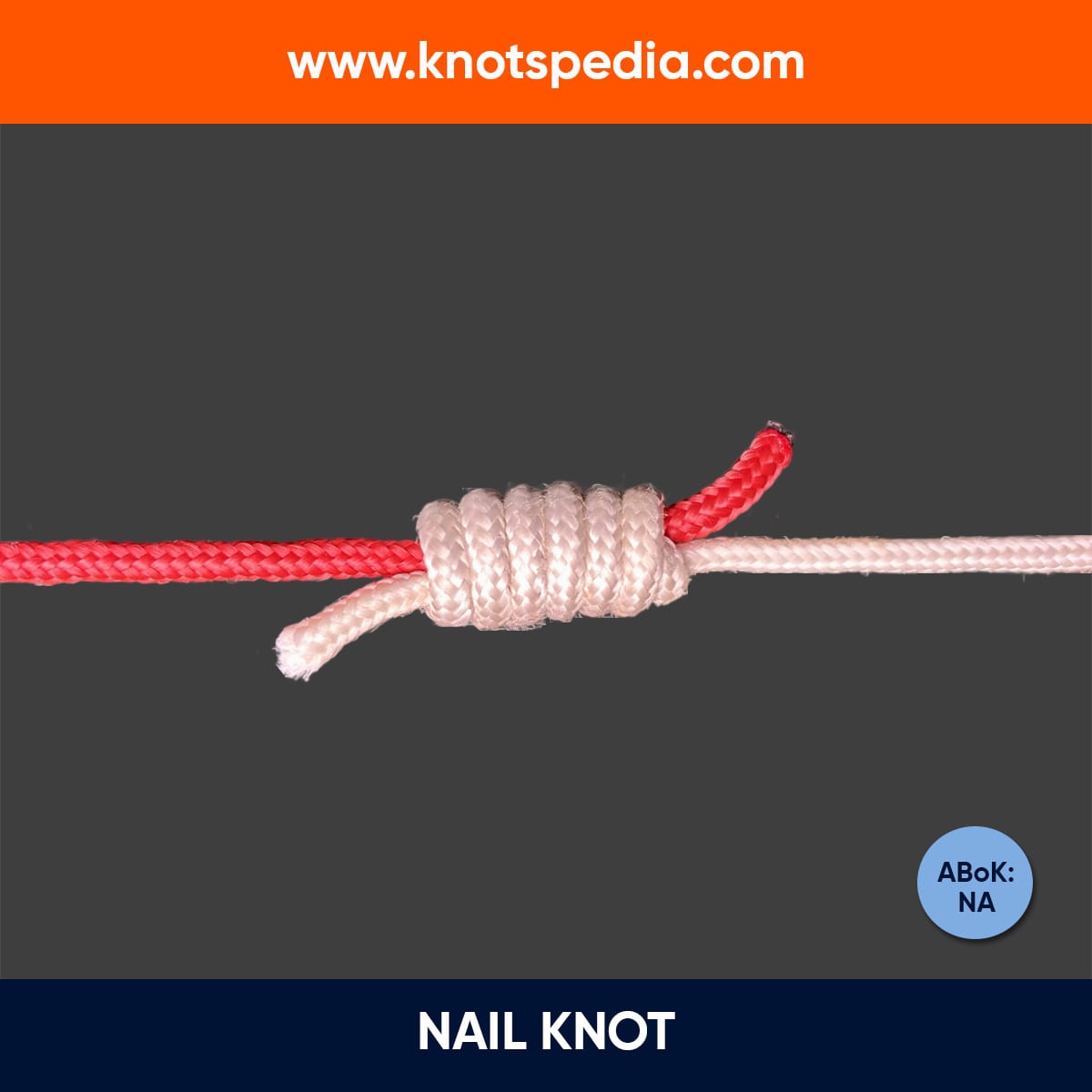
Nail Knot
The Nail Knot securely joins two fishing lines of different diameters, creating a slim, strong, and smooth connection ideal for fly fishing setups.

Blood Knot
The Blood Knot is a strong and reliable fishing knot used to join two lines of similar diameter. It forms a smooth, barrel-shaped profile ideal for fly fishing.
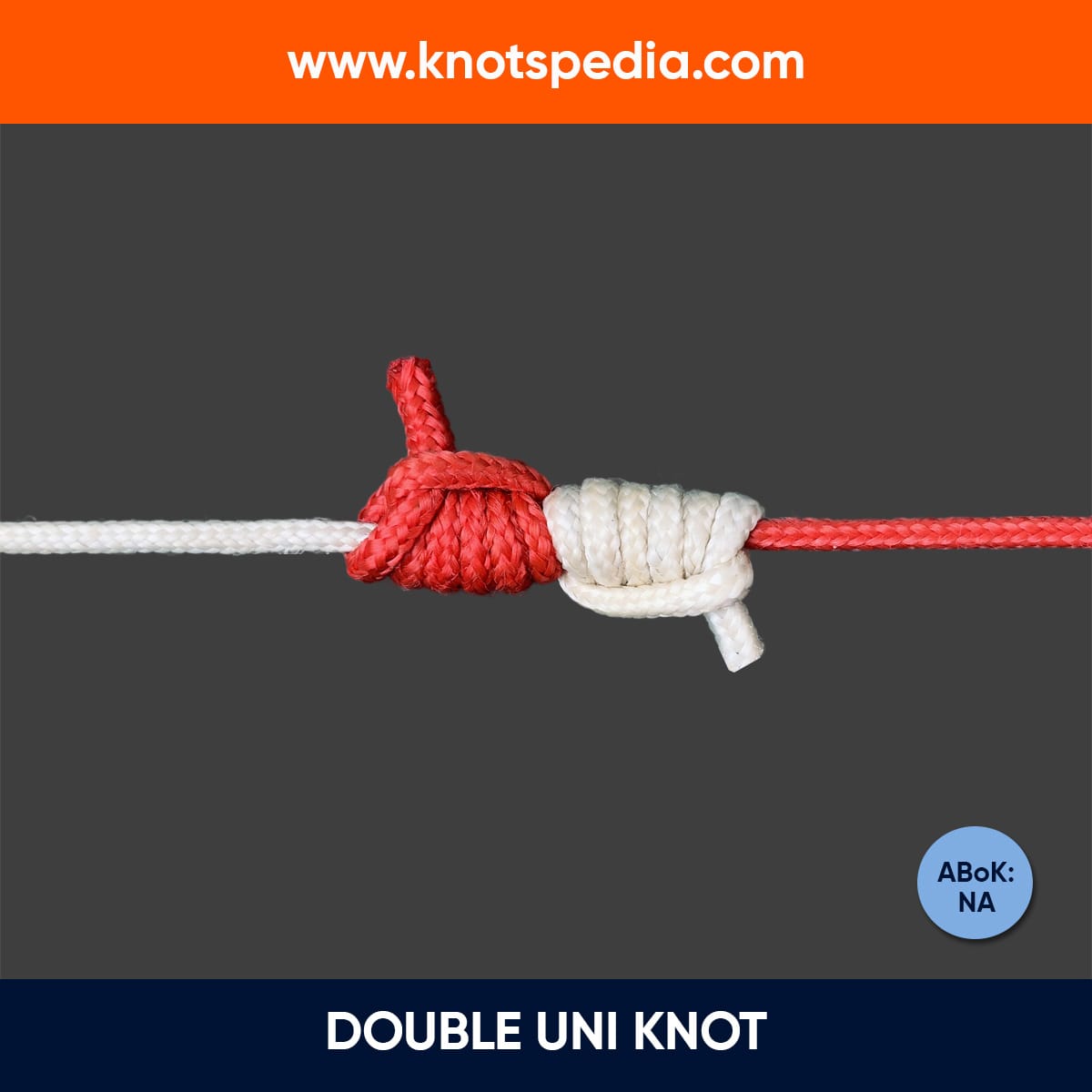
Double Uni Knot
The Double Uni Knot joins two fishing lines securely. It’s strong, quick, and easy to tie, perfect for connecting braided mainline to mono or fluoro leader.
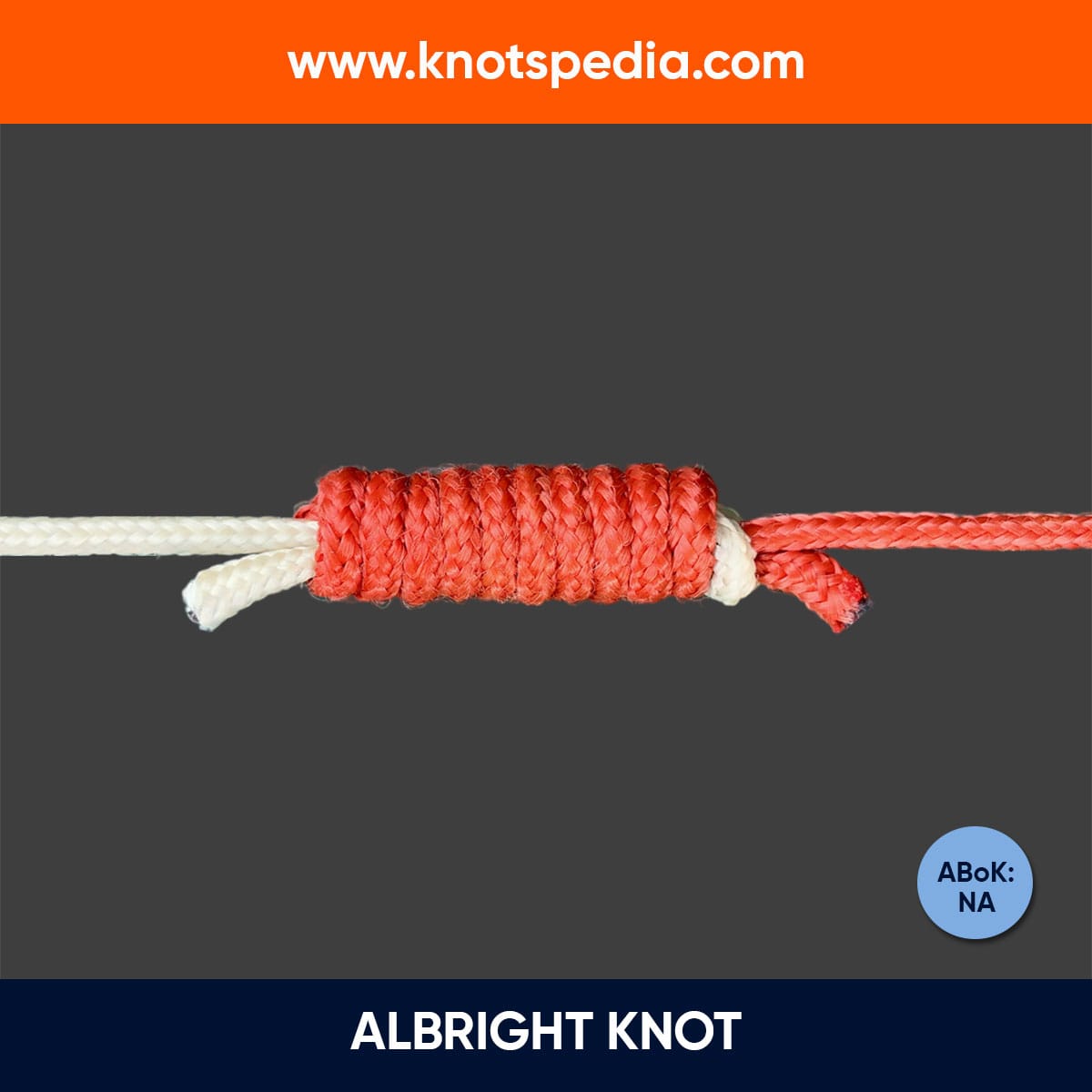
Albright Knot
The Albright Knot joins two fishing lines of different sizes or materials—ideal for connecting braided mainline to mono or fluorocarbon leaders.

Auto Locking Trucker’s Hitch
The Auto Locking Trucker’s Hitch is a friction-based variation of the standard hitch that locks itself under tension, offering a 3:1 mechanical advantage and easy release.
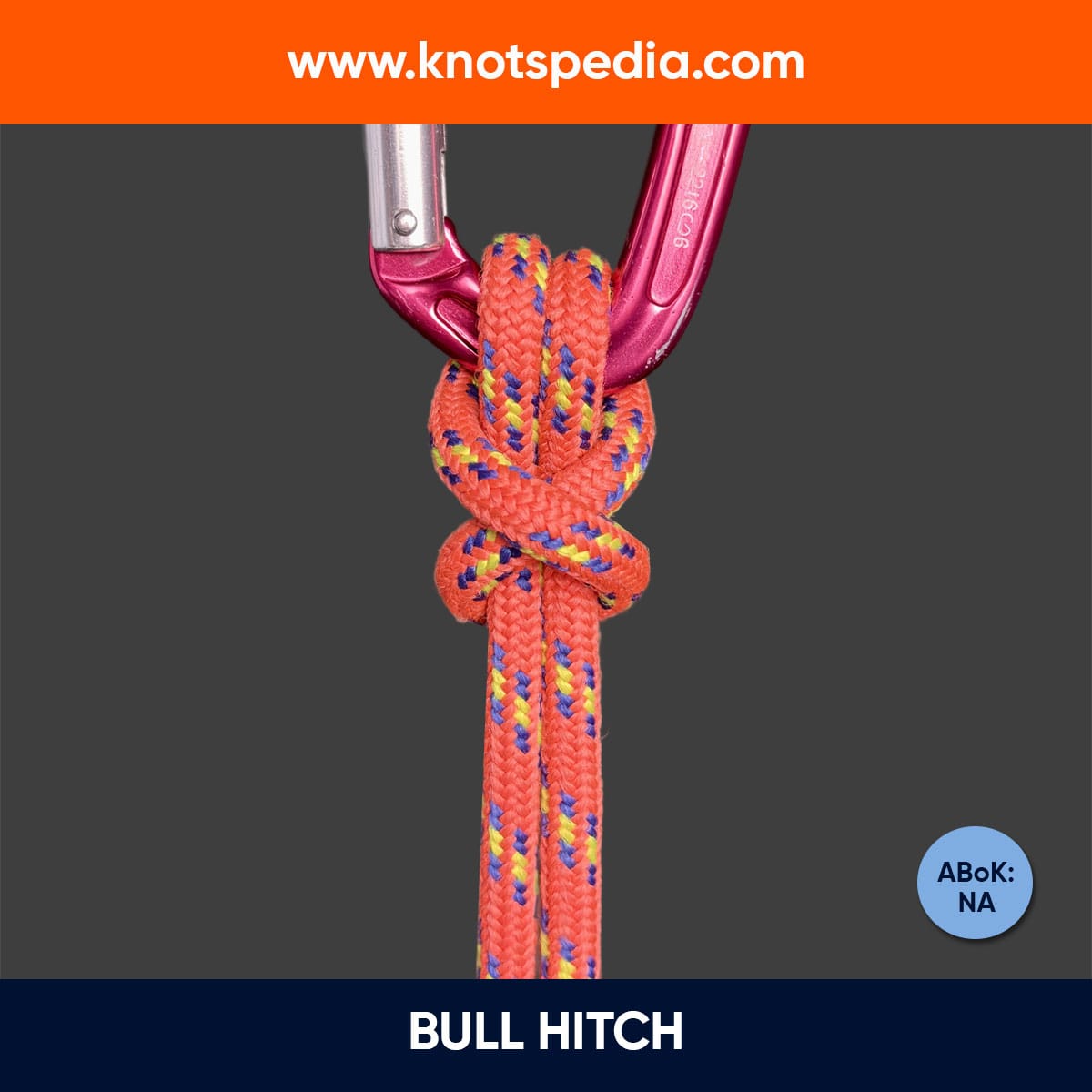
Bull Hitch
The Bull Hitch is a secure knot used to attach ropes to objects like rings or buckles. Known for its X-shaped pattern, it's ideal for strength and stability in paracord projects.
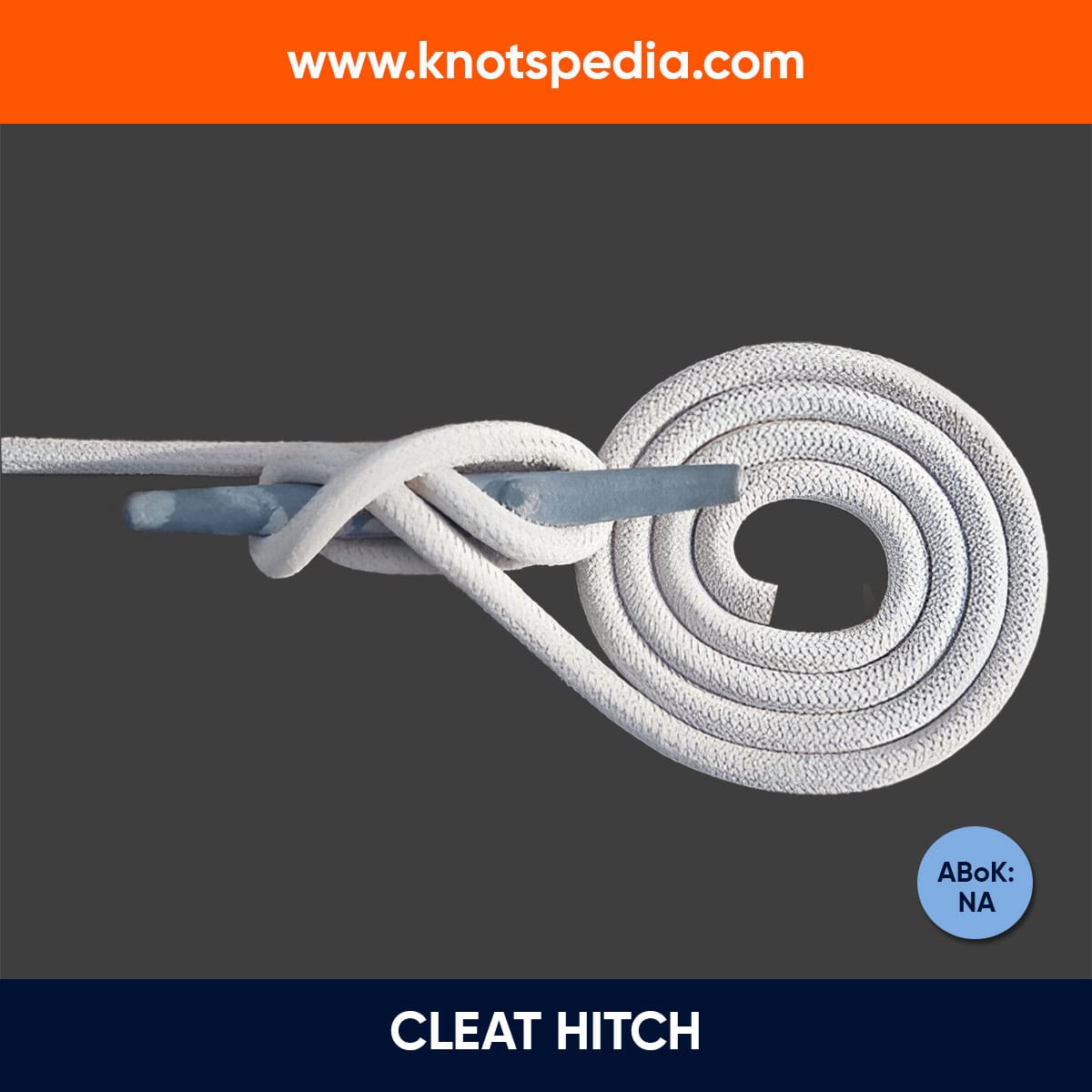
Cleat Hitch
The Cleat Hitch is the go-to knot for securing dock lines to a cleat—easy to tie, quick to release, reliable under load, but often mis-tied at docks.
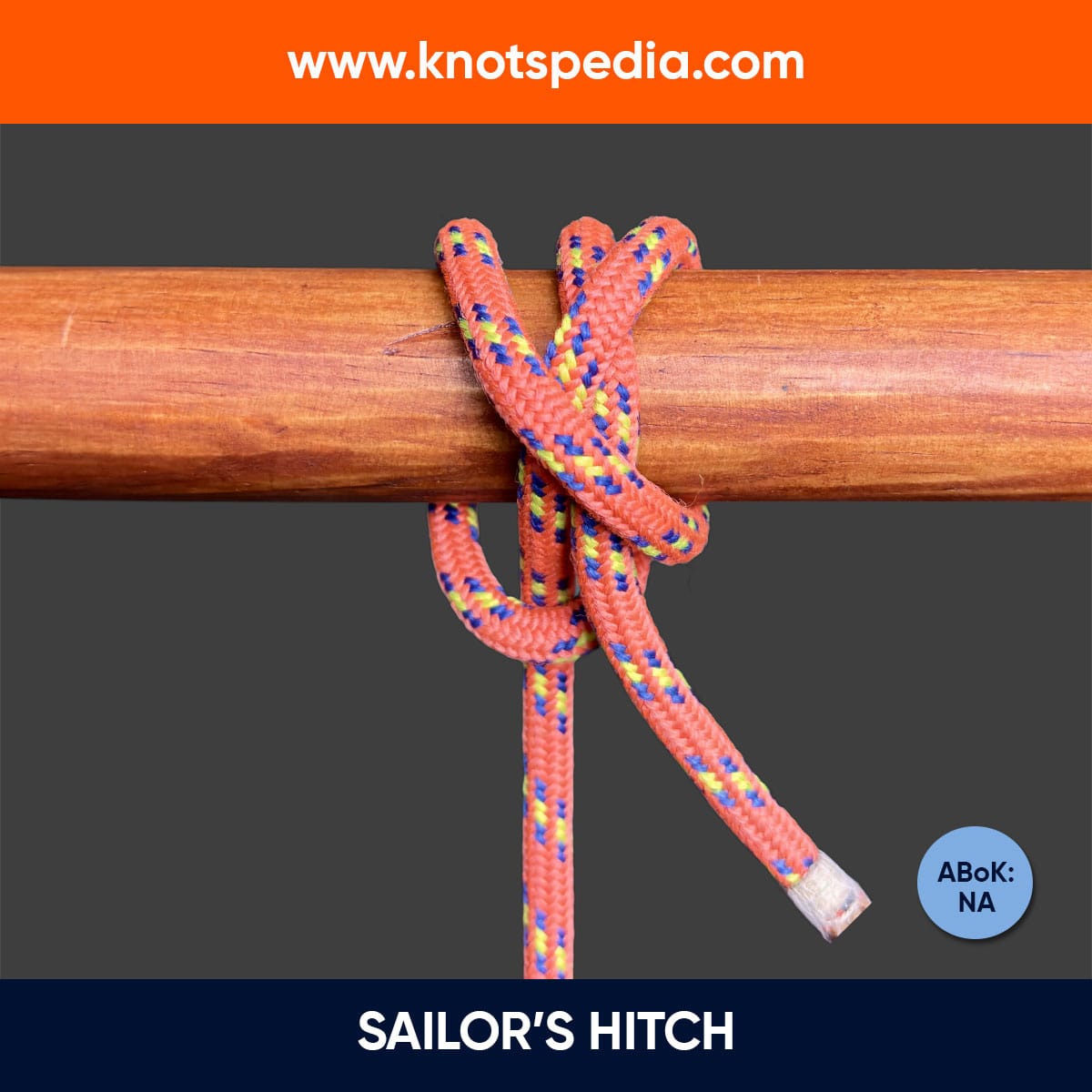
Sailor’s Hitch
The Sailor’s Hitch is a secure knot for tying rope to objects or another rope. It grips firmly, won’t jam, and is ideal for sailing, rescue, and camping.